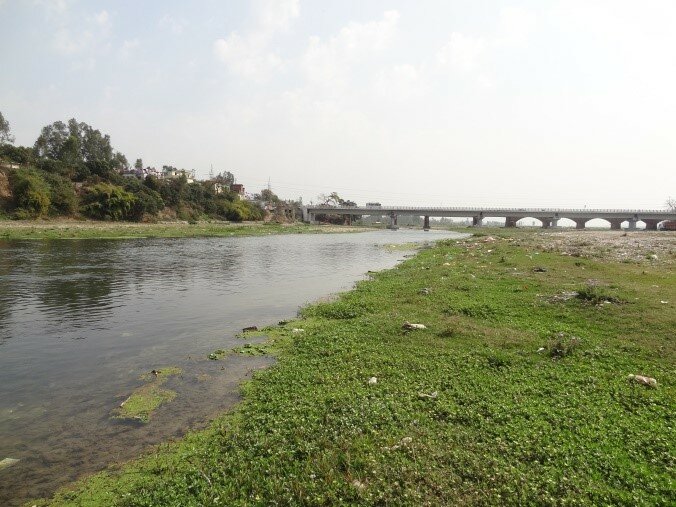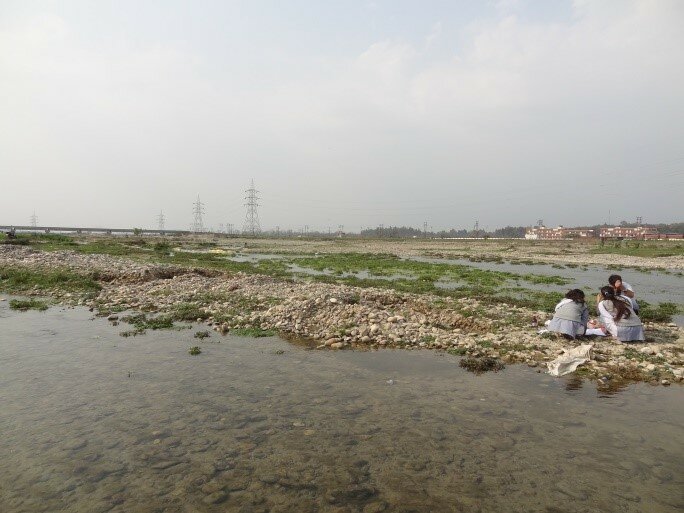STUDY OF PHYSICOCHEMICAL PROFILE AND MACROINVERTEBRATES OF ASAN RIVER, DEHRADUN

Event Description
INTRODUCTION : –
The Dehradun district has various types of physical geography from Himalayan Mountains to Plains. It is located between latitudes 29°58′ – 31°2′ N and longitudes 77°34′ – 78°18′ E. The Doon Valley contains the settlements including Dehradun, Doiwala, Herbertpur, Vikasnagar, Rishikesh, Raiwala and Subash Nagar, Clement Town. This district is divided into two major parts, the main city Dehradun surrounded by Shivalik and the Himalayas, and Jaunsar Bavar, which is located in the foothills of Himalayas.
River Asan, with about 41 km course in the Western Doon, arises from a clayey depression situated to the West of Dehra-Asarori water divide at an elevation of 2000 m asl and flows Westerly to meet Yamuna at Dhalipur. It receives the seasonal mountain torrents like Swarna and Sitla, owing their origin from Lesser Himalayas. Dhaunwala rao, Dharawat rao, Kaluwala rao, Raniwala rao, Ramgarh rao II and Jiwangarh rao are other seasonal torrents arising from the Siwalik range and joining Asan.
Tons, another perennial effluent of Asan with a span of about 20 kms rises from the Mussoorie hills and joins Asan near the Jhajhra forest range. It receives the waters of Nalota stream near village Chandrawati. Tons and Nalota streams form very deep and narrow gorges with very steep sides at Robber,s Cave. Besides, Nun is also a principal tributary of river Tons.
A demonstration visit of physic chemical profile which includes physicochemical parameters, phytoplankton and macroinvertebrates estimation by Zoology Department was taken to river “Asan” on 20 February, 2017 as per the need of their syllabus and dissertation work of Ms Neha Kumari, Mr Ashu and Mr Mir Zain. It was attended by the students of M.Sc. Zoology IV semester.


The tour was important due to fact so that we can get current information of river Asan and in later studies we can compare current information with the previous studies conducted on river Asan. In the preliminary studies it was observed that Achnanthes, Spirogyra, Microspora, Oscillatoria, Amphora, Bacillaria, Denticula Diatoma, Navicula, Nitzchia, Pinnularia, Synedra and were abundant at all the sampling stations. Phytoplanktons such as Navicula, Nitzschia, Fragilaria, Synedra and Tabellaria were recorded as pollution indicator species in the present study.
Name Of Faculty : –
Dr. Mamta Joshi
Dr. Deepali Rana
Dr. Dhyal Singh
Mr. Anil Bisht
Department of Zoology
Uttaranchal (P.G.) College of Biomedical Sciences and Hospital,Dehradun

